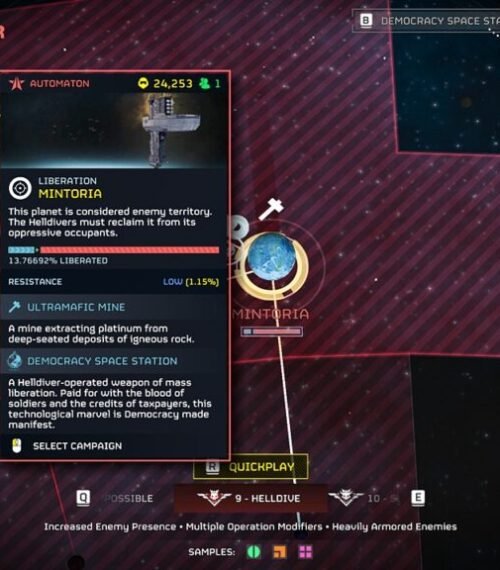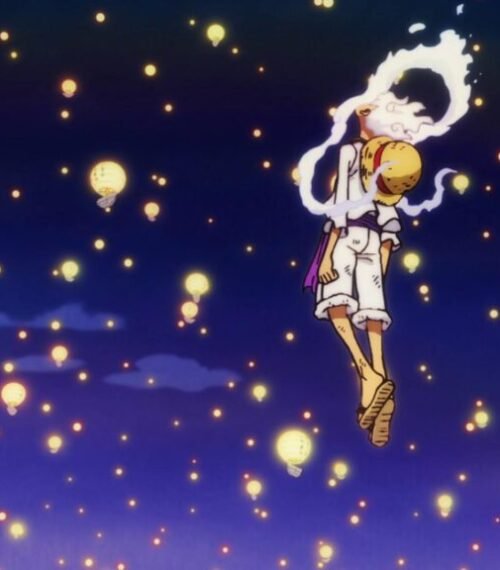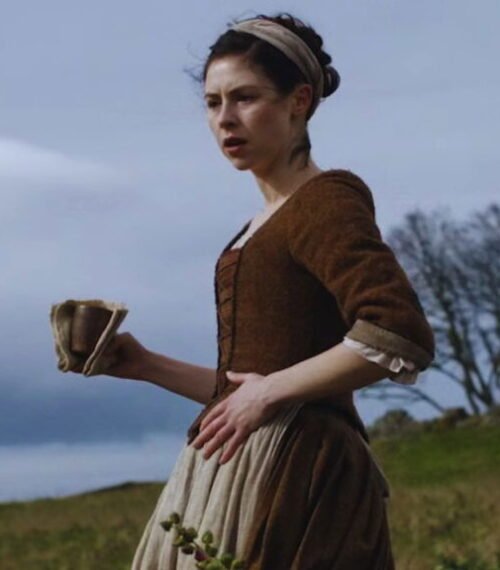Quentin Tarantino has directed a total of 9 movies to date and is currently working on what would be his 10th and final film in Hollywood. From a video store employee to one of the best directors in Hollywood, Tarantino has made a name for himself with his unique and bloody movies.
Of course, not all movies were equally good since some films had their charms while others had their dialogues (and foot fetish scenes). Naturally, we decided to rank it. Here’s every Quentin Tarantino movie ending, ranked from worst to best.
9. Death Proof
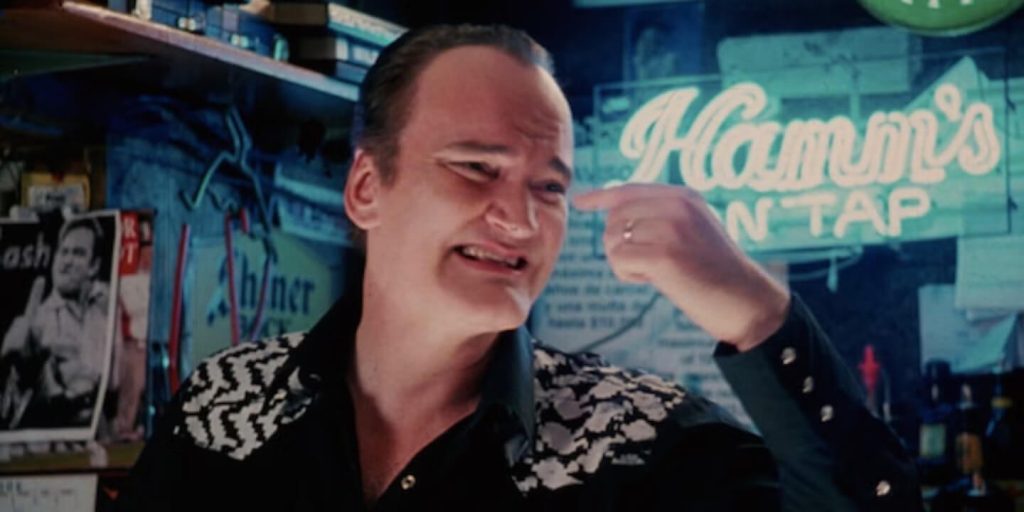
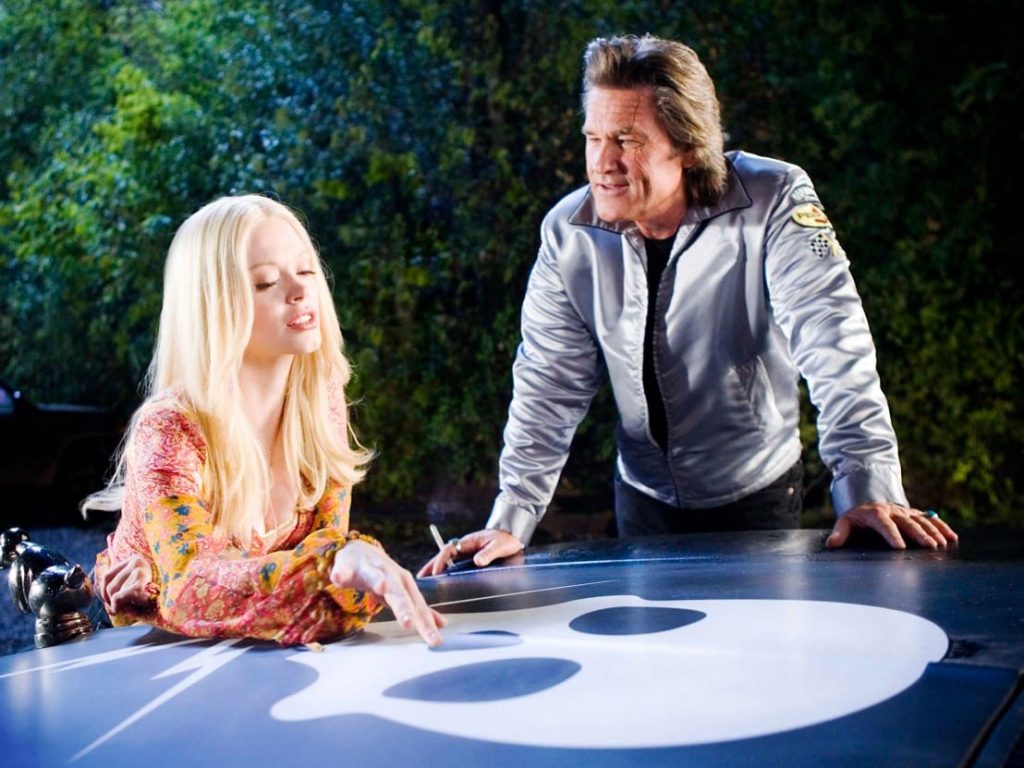
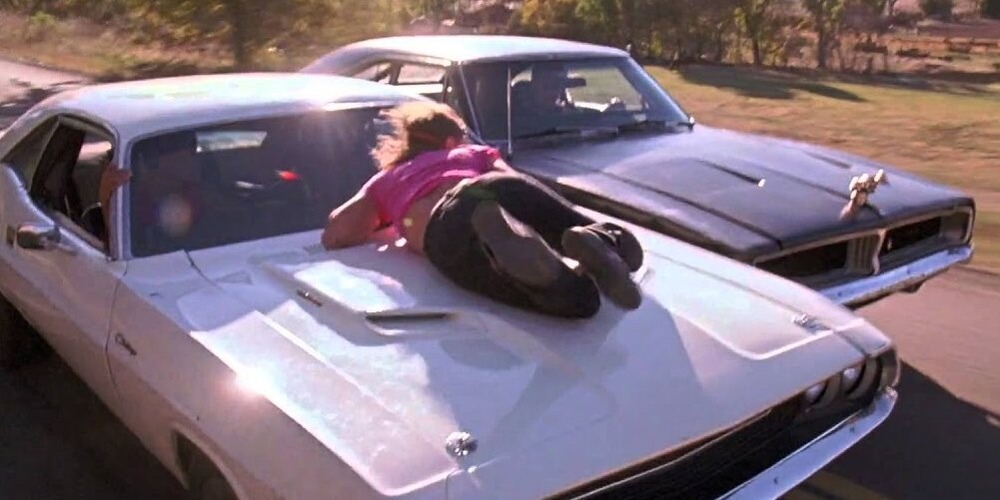
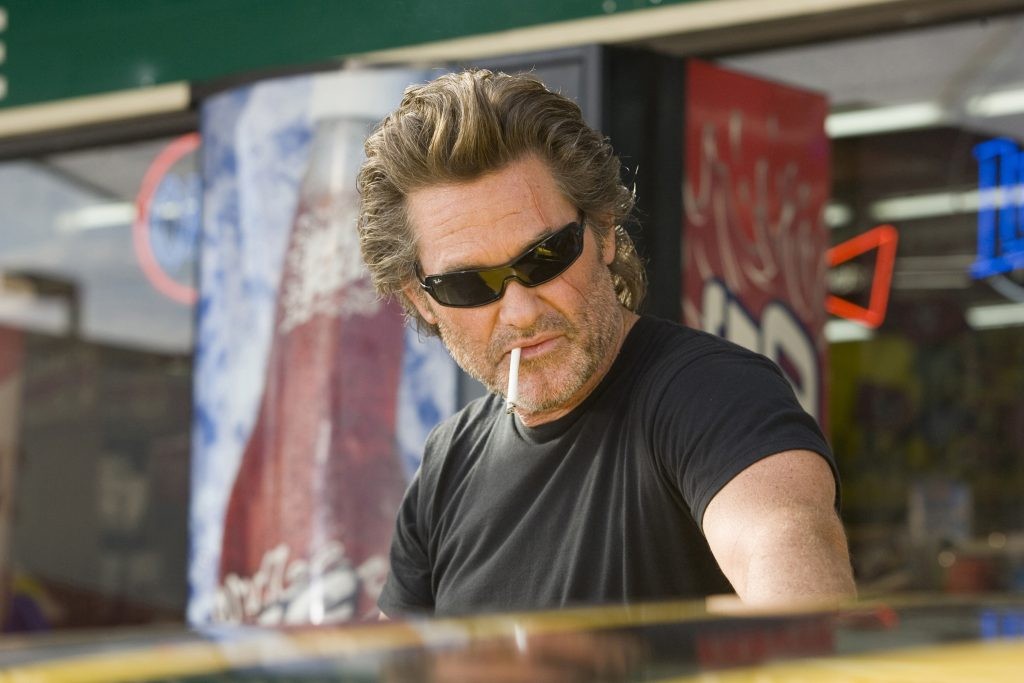
Tarantino’s probably most disastrous movie, Death Proof, was by no means a perfect movie, but it also had its fair share of iconic moments. The movie wasn’t all bad, but it wasn’t the best of the best, either.
One of the most disappointing things about Death Proof was the anticlimactic ending that Tarantino gave to the character of Kurt Russell. Following his attempted murder of the three women, Kurt Russell speeds up, but the girls take their own car and chase after the former stuntman.
A heavy fight ensues with the two cars running parallel while the women try to get Russell off the road. Crashing his car, the women surround Kurt Russell’s character and punch him in a circular motion. After several punches and a stop-motion shot of each punch, Russell falls down, the women jump up in celebration, and the frame freezes with the credits rolling by.
The ending feels abrupt and completely incomplete, and it’s unusual for Tarantino to provide a weak ending after giving audiences a rollercoaster ride. Naturally, Death Proof remains the worst ending by Quentin Tarantino.
8. Kill Bill Vol. 2
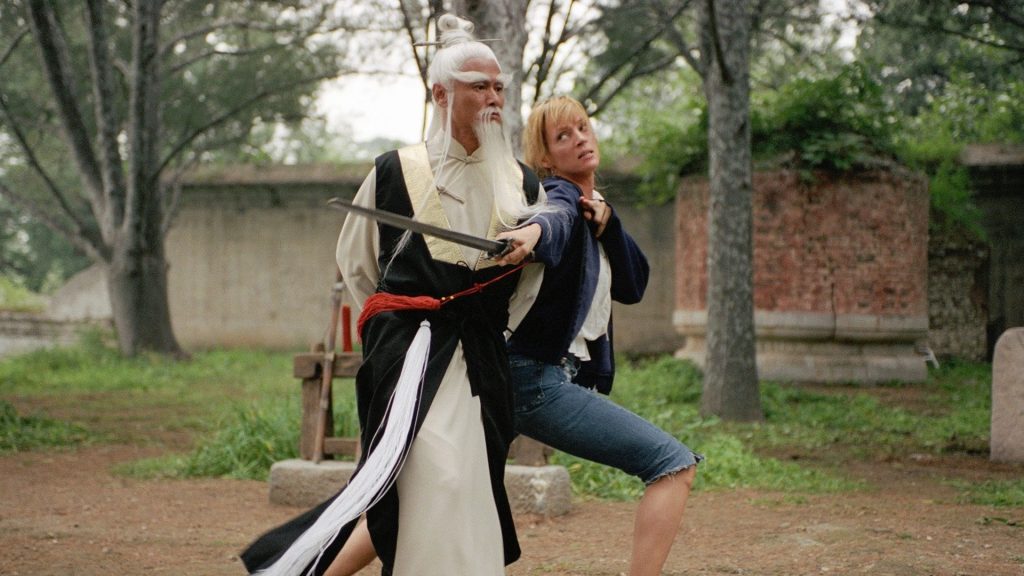
Kill Bill was a wild ride, right? From the start of the movie, when we are introduced to The Bride (back in Kill Bill Vol. 1), until the end, when she finally confronts Bill for leaving her to die in Kill Bill Vol. 2, the film was simply a bloodbath.
Known for his love for violence and martial arts, Quentin Tarantino subverted the expectations of the audience with the final scene in Kill Bill Vol. 2. The Bride confronts Bill, and instead of a fight, the scene is rather dialogue-heavy.
Bill answers and reasons why he decided to kill The Bride, while Uma Thurman’s The Bride uses the Five Point Palm Exploding Heart technique on Bill. Having accepted his fate, Bill stands up, walks five steps, and collapses. This is not how fans had imagined the ending to go, but, hey, it was Quentin Tarantino’s decision, after all.
7. Django Unchained
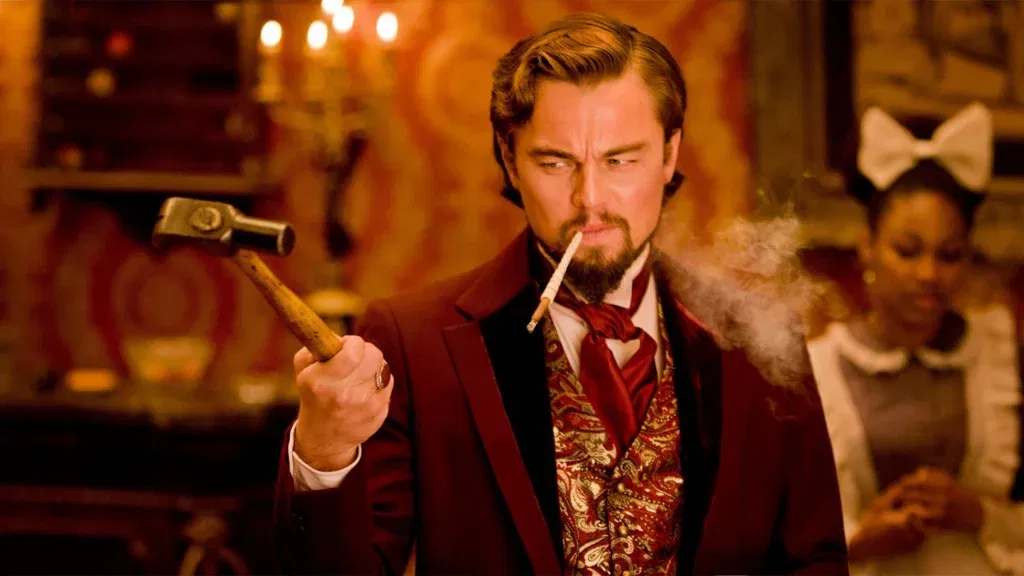
Don’t get me wrong. Django Unchained was a fantastic movie with some iconic performances by Christoph Waltz, Leonardo DiCaprio, and Jamie Foxx. However, for many fans, the movie seemed to have two endings.
Following the tense dinner scene, Christoph Waltz’s Dr. Schultz shoots DiCaprio’s Calvin Candie. Django is captured and arrested while Candie’s henchmen shoot and kill Dr. Schultz. The film doesn’t end with Calvin Candie’s death; it ends with Django escaping from his captors and returning to the plantation to blow it up.
The final confrontation does feel a little drawn out because of that tense dinner scene that was supposed to be the perfect end. However, the dialogues, the slow-moving pace, and the finale seemed overarching (although fabulous).
6. Reservoir Dogs
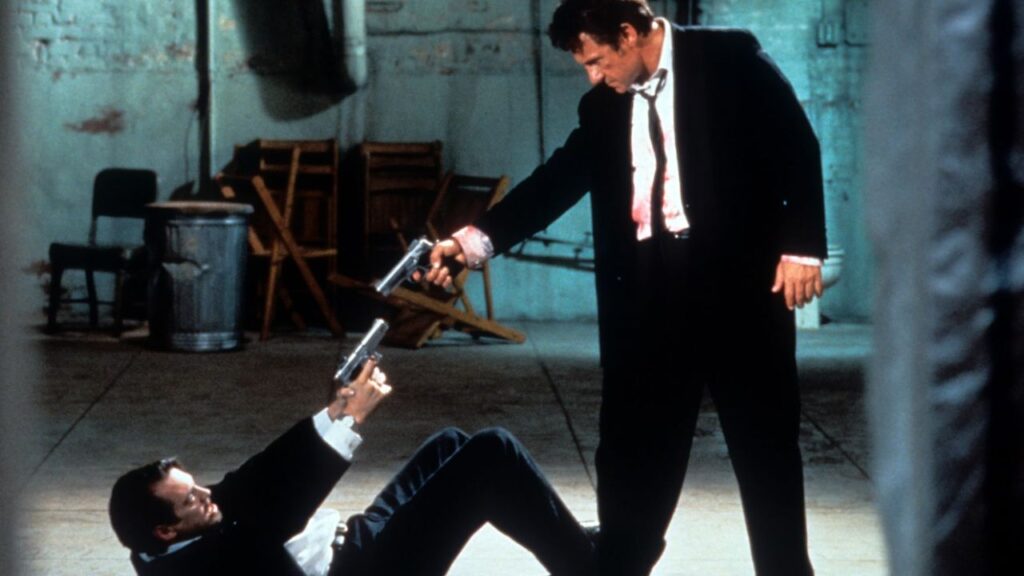
Quentin Tarantino’s first major motion picture and the film that put him on the map of Hollywood, Reservoir Dogs, was an iconic flick based on a heist gone wrong.
With distrust among the men and the case of missing money, Reservoir Dogs was basically 12 Angry Men if they had guns… and they were six in number. Following the chaos and the deaths that take place, the final scene of Reservoir Dogs involves Mr. White, Nice Guy Eddie, and Joe pulling guns on each other and, at a moment’s notice, firing at the same time.
The film ends with everyone dying, and it is quite a poignant and nihilistic scene that perfectly encapsulates the themes of loyalty, betrayal, and greed. The only reason that Reservoir Dogs stands at #6 is that other Tarantino endings are more complex and bizarre.
5. Jackie Brown
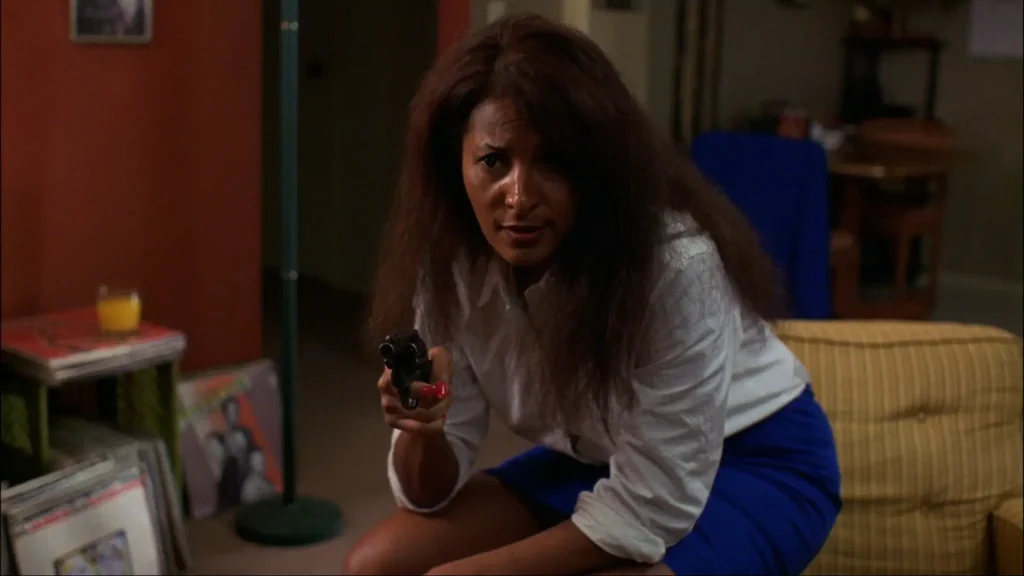
An underrated Tarantino flick that deserved more attention from the world, Jackie Brown was an iconic piece of cinema, which was quite a serious take by Quentin Tarantino.
The characters were fleshed out, and the comedy was present; however, the lack of violence in the movie was quite surprising for a Tarantino flick. The ending of Jackie Brown featured Jackie outsmarting literally everyone and moving away with a boatload of cash.
In the final moments, Jackie Brown meets and parts ways with Max Cherry (although they were meant to be together). The ending is quite poignant, and Tarantino had a very surprising, mature take on the character of Jackie Brown, where he did what was best for the character, and not the movie.
4. Once Upon a Time… in Hollywood
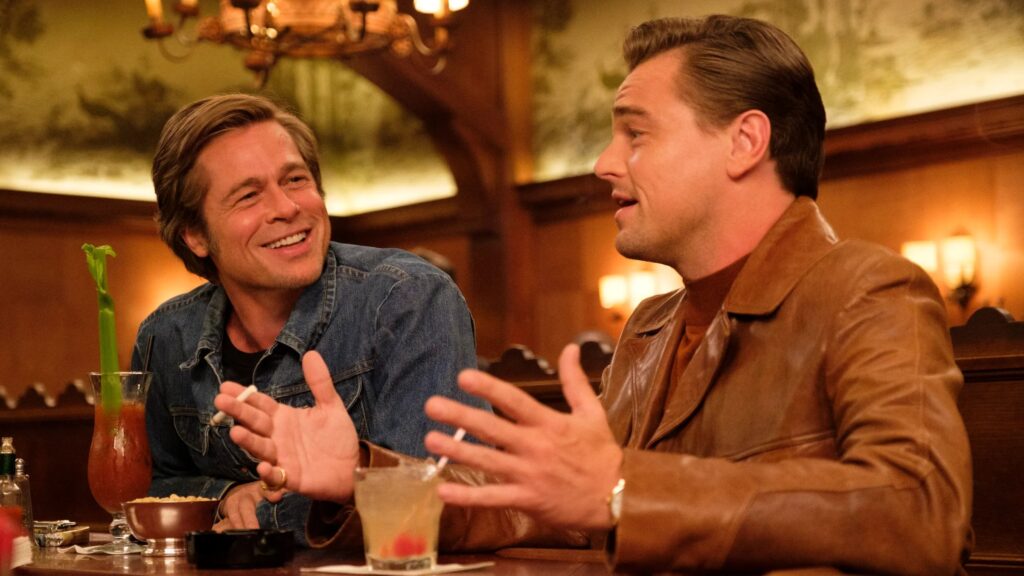
Quentin Tarantino’s love letter to cinema, Once Upon a Time… in Hollywood, follows the story of washed-up actor Rick Dalton and his stunt double Cliff Booth as they encounter their personal lives and the grandeur of Hollywood.
The film is a fictional take on the events of the Tate murders, wherein Cliff Booth saves the day. The ending sees Rick Dalton burning a cult member in his swimming pool while Cliff Booth kills the other attackers in the Tate house.
The ending was quite good since the tension and the random stories got interconnected in an outright and sudden violent burst. The only thing lacking in the film was a certain depth that Tarantino’s films usually have. The stories seemed too much apart to be gathering up like this, and although the ending gave a satisfying conclusion to the “what if” scenario, fans were already too caught up in where the story was going rather than what it culminated to.
3. The Hateful Eight
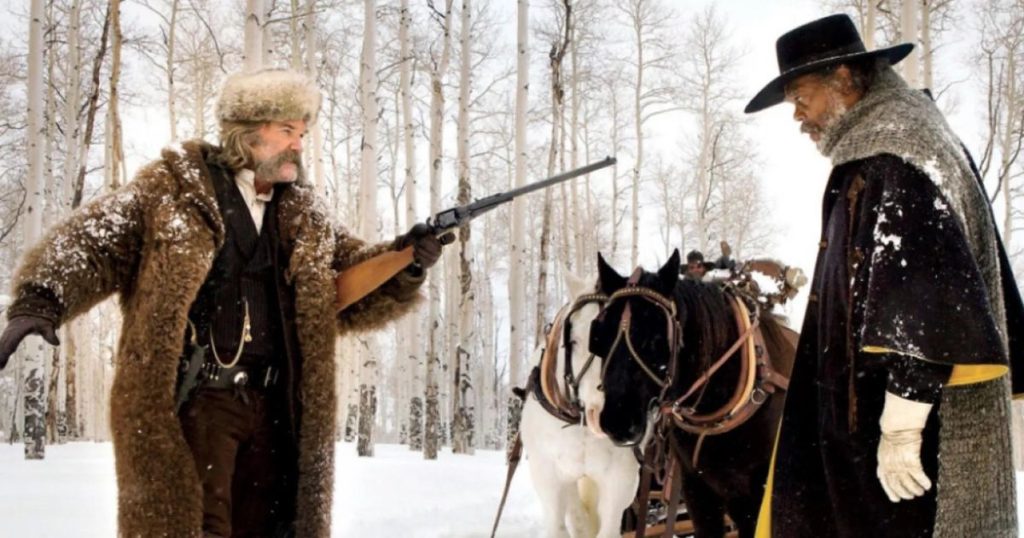
A rather controversial choice, as some might argue, but The Hateful Eight is one of the best Quentin Tarantino films out there. The film is bleak, claustrophobic, tense, and cold (metaphorically and literally) as eight people get huddled up in a cabin during a blizzard in Wyoming.
Secrets are revealed and brutal murders take place as many of the characters’ lives are interconnected. The film was masterful in its budding tension, and thanks to Tarantino, each character had a certain depth and mystery about them.
The final moments of the film see the two characters, Major Marquis Warren and Sheriff Chris Mannix, slowly bleeding to death. The two share their comfort in a forged letter from Lincoln, while the movie ends. It’s bleak, dark-humored, thoughtful, poignant, and almost perfect in every sense.
Naturally, The Hateful Eight comes in the Top 3 list of Quentin Tarantino’s endings.
2. Pulp Fiction
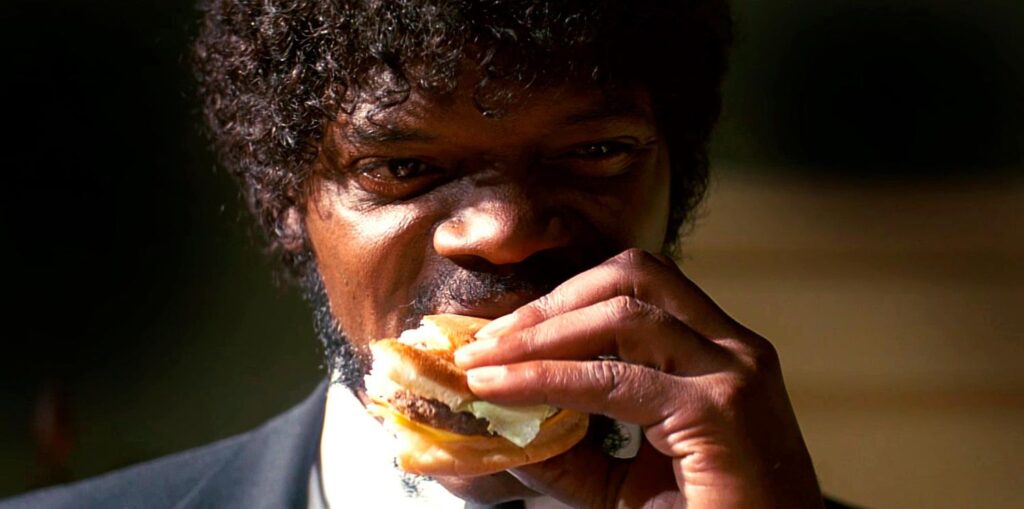
The film that made Quentin Tarantino famous. A non-linear storyline, three iconic protagonists, and a story that ran deeper than Tarantino’s love for feet, Pulp Fiction wasn’t just a movie; it was a cinematic experience that the world loved to see.
The ending of the movie starts right at the beginning when two robbers try to rob a diner. Samuel L. Jackson’s Jules, who has given up on a life of crime, gets up, offers them a peaceful amount of money, and tells them to return the briefcase.
Although the ending of the movie is connected to the middle segment of the flick, everything that happens in the future with Vincent Vega (drug overdose, working with Marsellus, and getting killed by Butch) is decided in that one diner scene when Vincent Vega doesn’t decide to change his ways.
The film’s ending is quite clear that violence has repercussions, and Jules saved himself by trading it for peace. It is the second-best ending in Quentin Tarantino’s career, and it remains a classic legacy in the world of cinema.
1. Inglourious Basterds
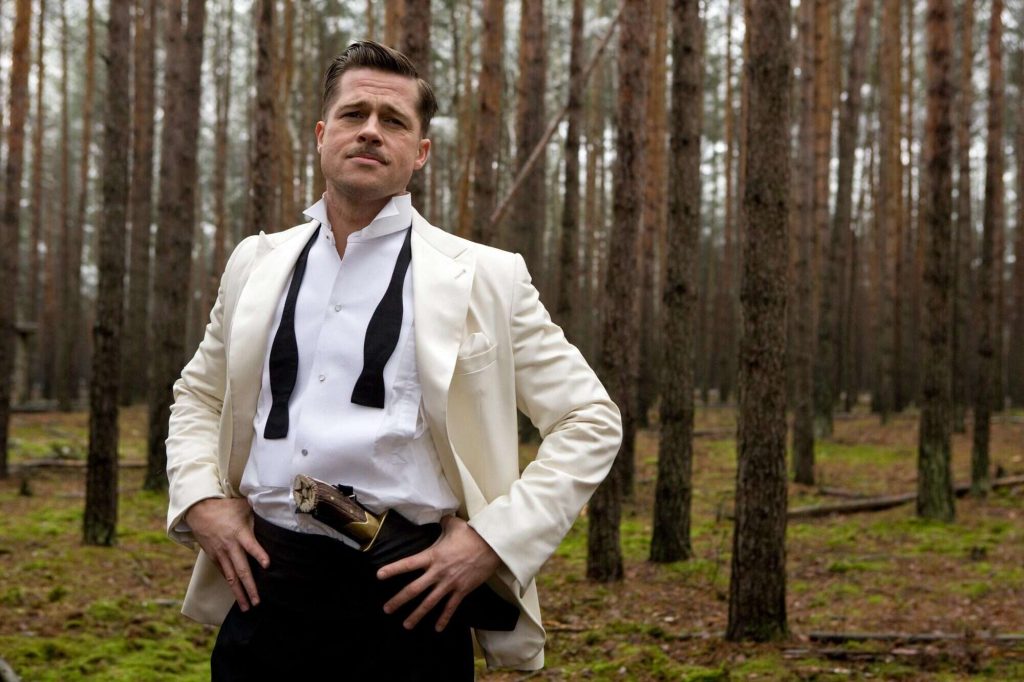
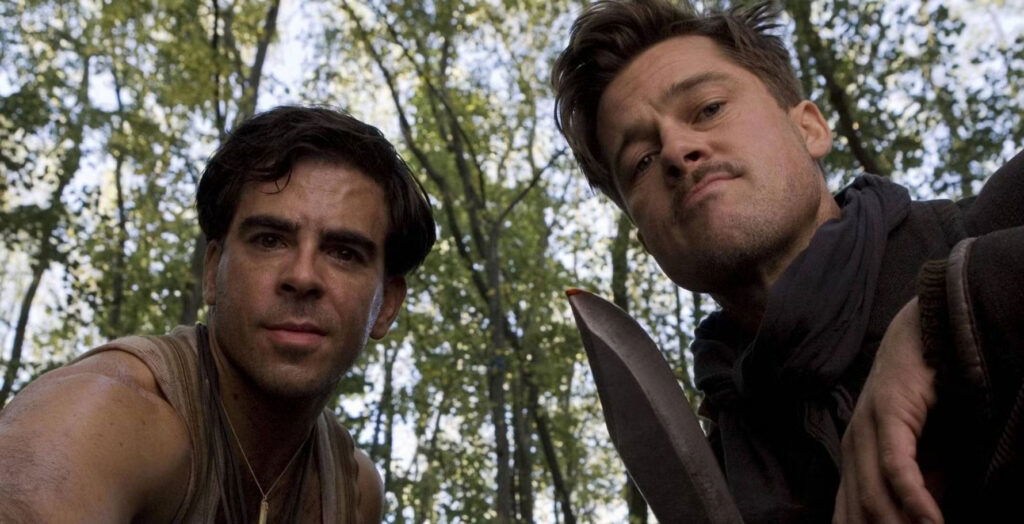
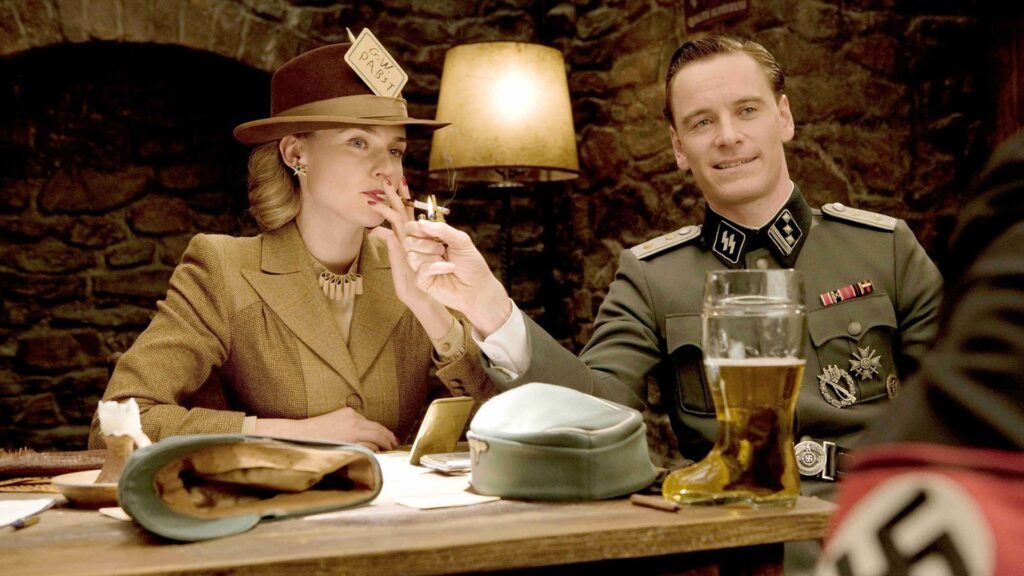
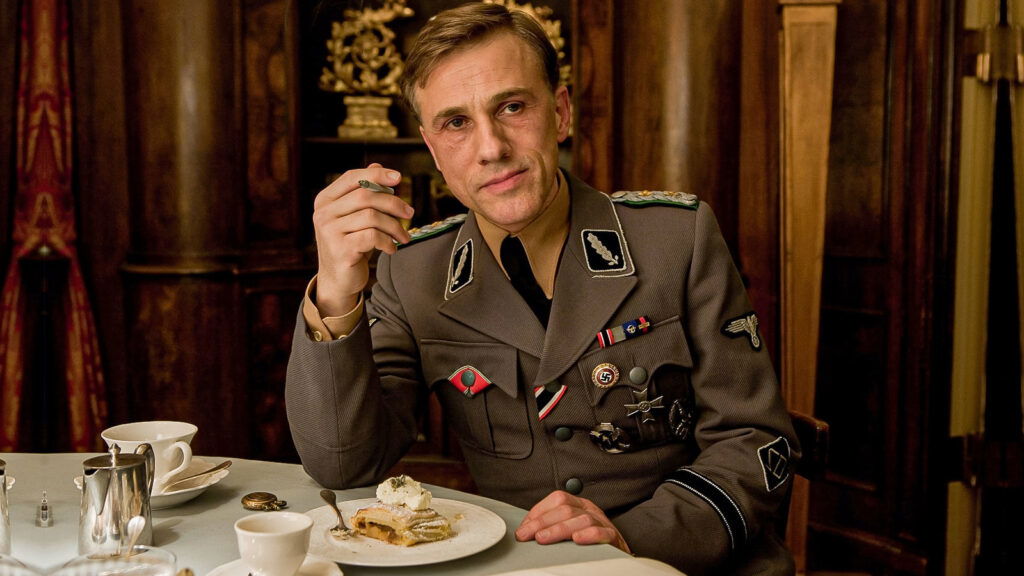
“How about you, Utivich? You’d take that deal? A damn good deal!” says Brad Pitt’s Lt. Aldo Raine during the final moments of Inglourious Basterds. The film is so perfect that even Quentin Tarantino calls it his masterpiece!
With two plots to assassinate Adolf Hitler and the top Nazi officials, multiple stories collide as Hitler escapes the burning theater but is gunned down by Aldo Raine and the Basterds. It’s a fictional take on history, but a movie that feels satisfying to the core.
As Hans Landa gloats to the Basterds about his newfound freedom, Aldo Raine takes a knife and carves a Swastika on his head, marking him as a former Nazi for the rest of his life. During the final moments, Aldo Raine looks into the camera and tells, “You know something, Utivich? I think this just might be my masterpiece”, as the scene cuts to black.
Nothing could be better than this since every character’s arc was completed from the start of the movie till the end. Inglourious Basterds was and remains a perfect Quentin Tarantino movie, and no one can change my mind otherwise.
Which one is your favorite Quentin Tarantino ending? Let us know about it in the comments below.


